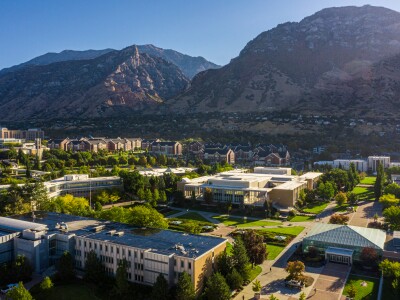More than a thousand attorneys apply each year to serve as clerks at the Supreme Court of the United States, but each justice can select only four.
Professor Stephanie Barclay
“In her first year of teaching at the law school, she has displayed genuine concern and understanding for each student while demanding excellence from all students,” said Gordon Smith

A First Amendment scholar
“I’m so grateful to the many colleagues and mentors who have helped make this possible, and especially to Justice Gorsuch for giving me this incredible opportunity," Barclay said. "I’m excited to be exposed to new ideas and perspectives about a range of legal issues while at the Supreme Court, and I look forward to sharing things I learn with my BYU Law students when I return.”
Fellow BYU Law faculty member Aaron Nielson
“Especially for those who teach litigation skills, it’s very useful to understand how the Supreme Court works,” Nielson said. “And a great way to understand how the Supreme Court works is to clerk there. You get to see the decision-making process occur on a nitty-gritty basis a bunch of times.”
In Barclay’s teaching debut at BYU, the second- and third-year law students voted her “Professor of the Year.” The mentoring students get from professors like Barclay is precisely why Sydney Corry chose to attend BYU Law.
“I feel like you can pigeon-hole yourself if a school’s connections are all local,” Corry said. “With BYU, the connections are national and international, and that was especially enticing to me.”
Learn more about BYU Law at law.byu.edu





